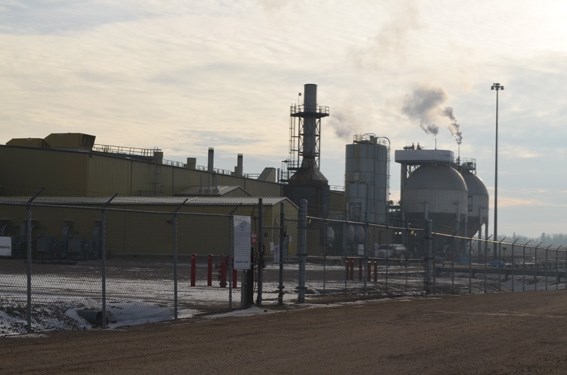Imperial Oil upped production at their Cold Lake operations by 40,000 barrels per day in early 2015 as the new Nabiye expansion facility came online.
Imperial Oil upped production at their Cold Lake operations by 40,000 barrels per day in early 2015 as the new Nabiye expansion facility came online.
The $2-billion expansion cyclic steam simulation (CSS) facility went through as planned, with initial steam injection commencing in late 2014. The steam was given a few months to soak into the reserve before production began in February 2015.
"Nabiye is performing very much in the way we expected it to," said Pius Rolheiser, Senior Media Advisor with Imperial Oil.
In March production for the new site averaged approximately 12,000 barrels per day. By the time late May rolled around the site was up to producing around 20,000 barrels per day. In late 2015 the facility finally reached its capacity producing 40,000 barrels per day.
Nabiye, which is Dené for Otter, joined four other plants - Leming, Maskaw, Mahihkan and Mahkeses - at the company's Cold Lake operations. Together these facilities, consisting of 4,600 active wells, cover roughly 780 square kilometres of oil sands leases 50 kilometres west of Cold Lake.
While the project received regulatory approval in 2005, Imperial Oil officials amended their application to include several key features.
The first amendment, and distinguishing element of the Nabiye facility is that it is equipped with a co-generation unit, which allows it to generate its own power.
Just like its sister plan Mahkeses, Nabiye has a large gas turbine; similar to one you would see on a jet engine, but on a much larger scale. This allows the site to produce 170 megawatts of electricity per day.
"We bring air in, we add a hydrocarbon fuel gas, we ignite it, which in turn rotates a turbine," explained Ron Martens, the Mahkeses plant operations superintendent. "The turbine then rotates a generator which makes power. The hot exhaust created goes off and is turned into steam, which is also used. So it is a very efficient process."
The Nabiye project also features horizontal wells and new sulphur recovery technology, which allows the facility to reduce their sulphur dioxide emissions.
Nabiye will access 280 million barrels of recoverable resources during its expected 30-year lifespan.
